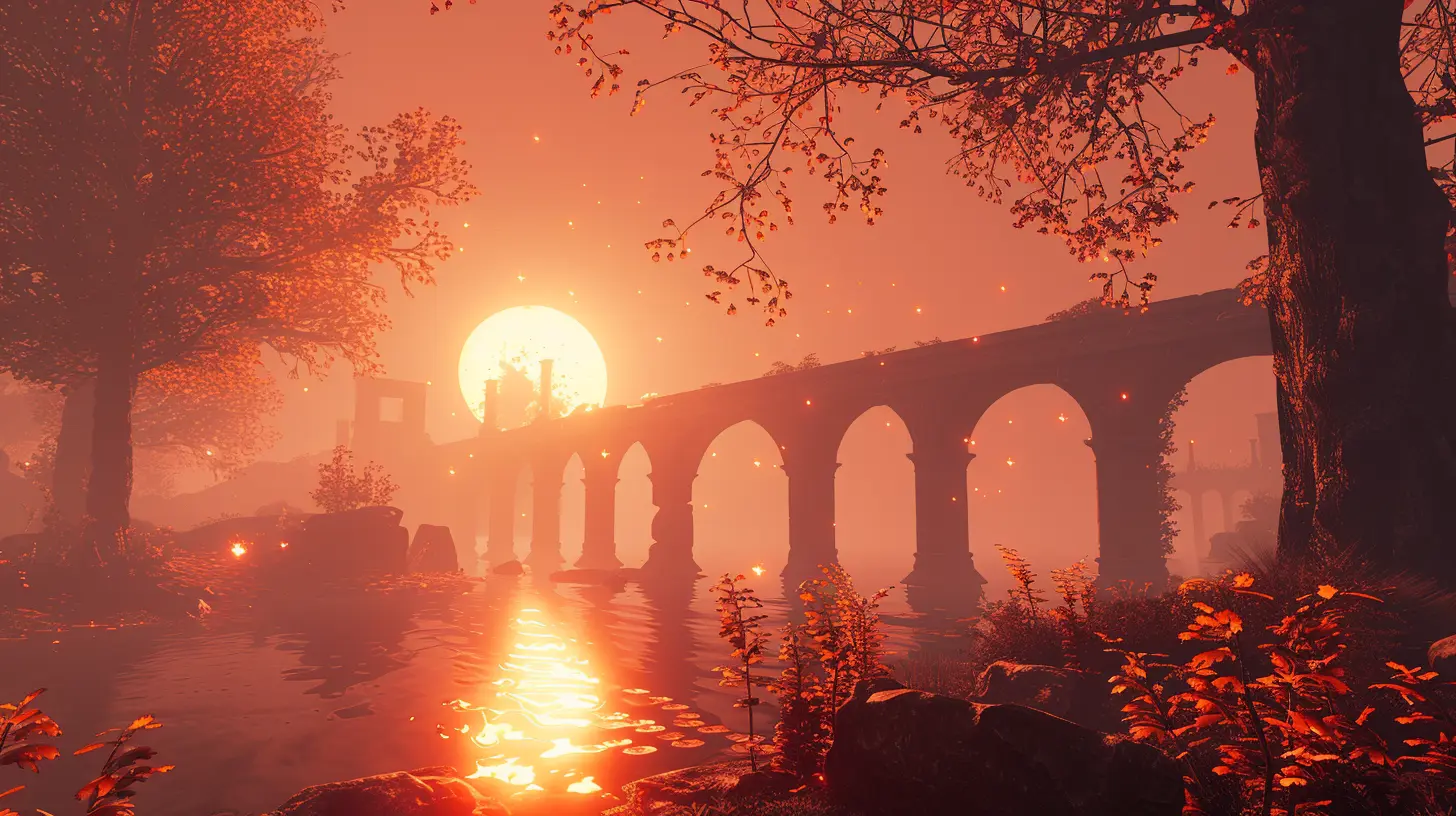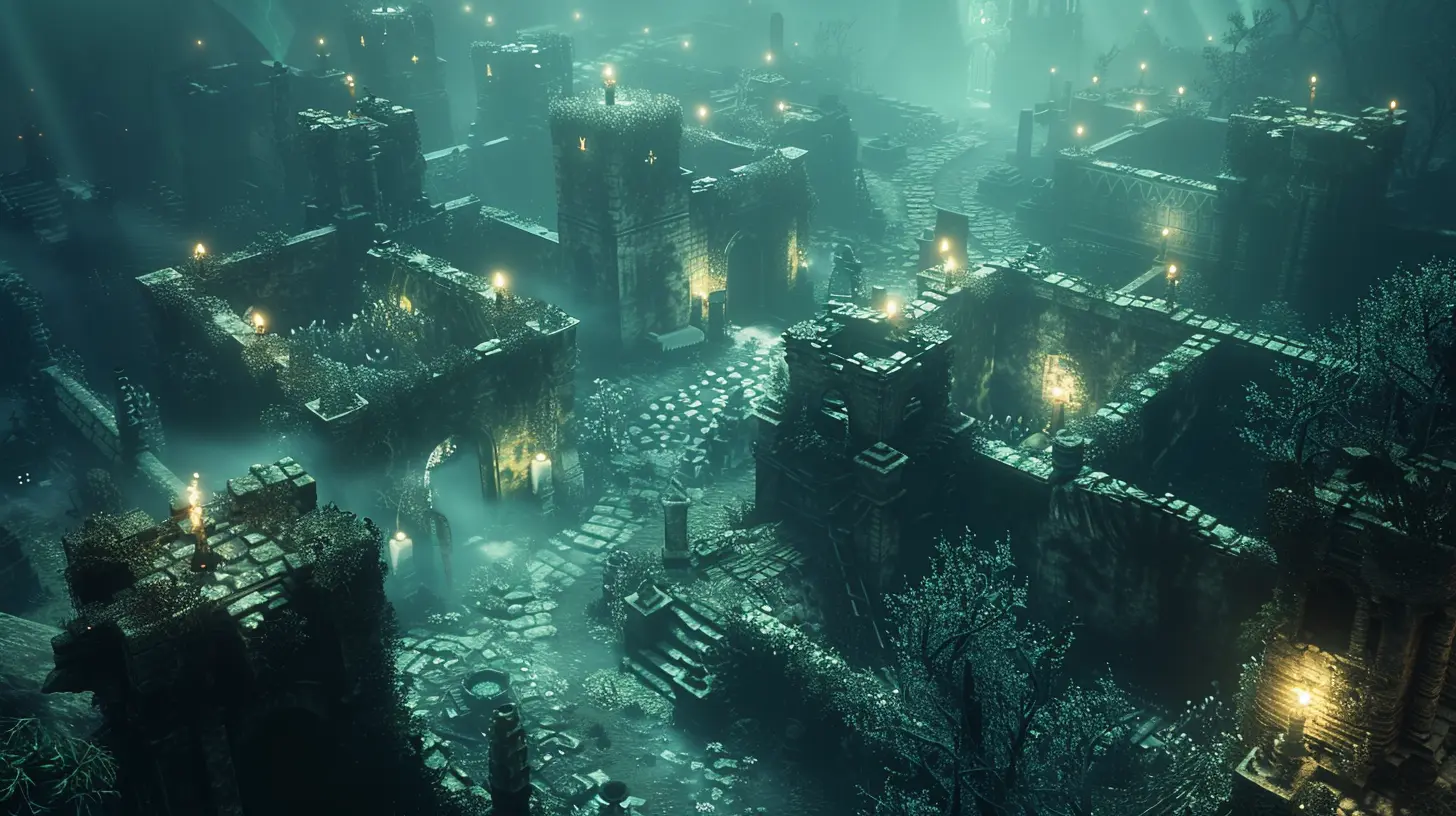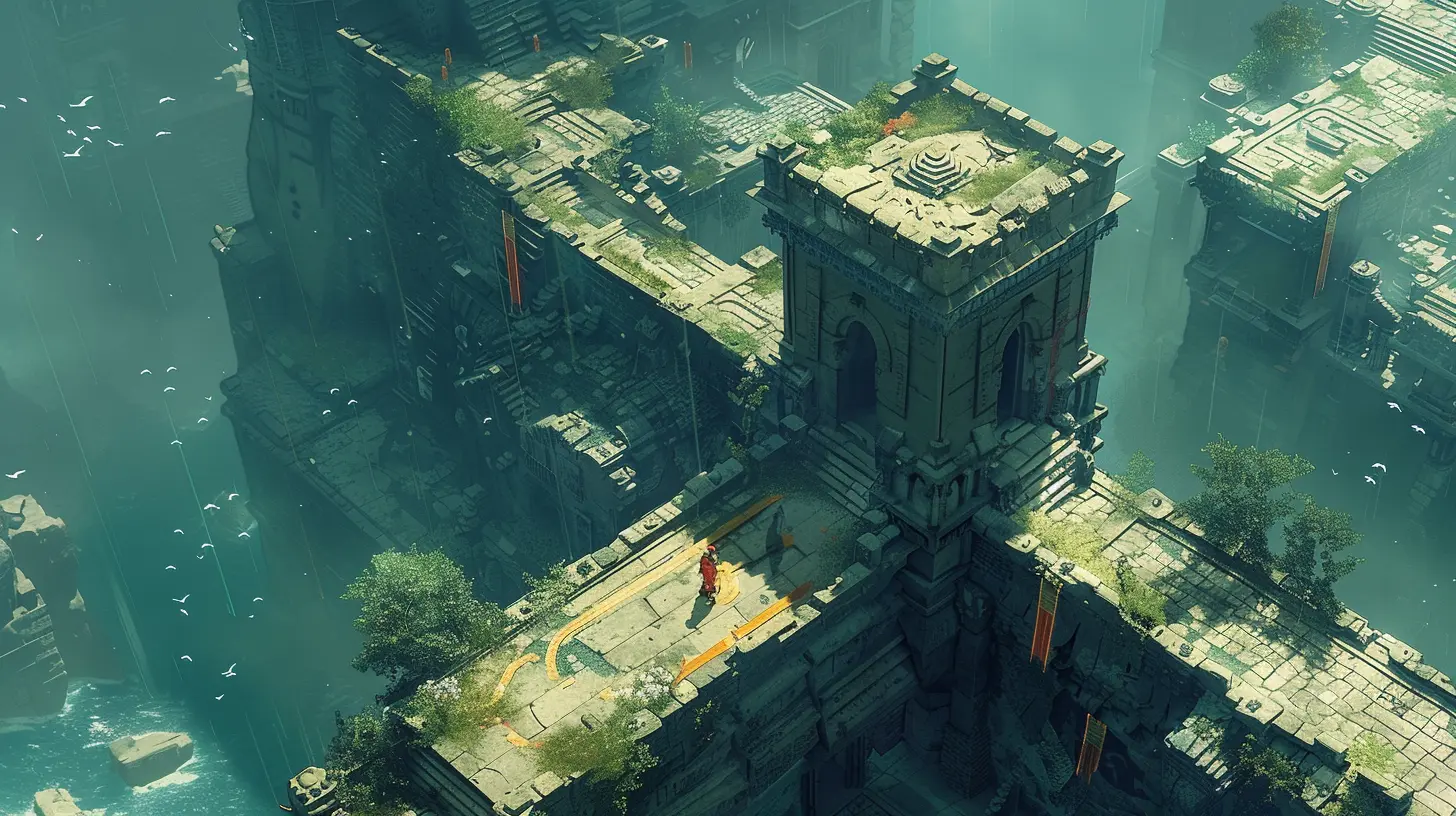Exploring the Impact of AI Pathfinding on Player Immersion
18 September 2025
Let’s take a stroll down the pixelated hallway of game development, shall we? We’re here today to talk about a topic that’s so crucial to the gaming experience, yet often tossed in the corner like an NPC with poor collision detection: AI pathfinding. Sounds techy, right? But don’t walk away just yet (unless your pathfinding algorithm is broken). We’re about to dive into how this seemingly nerdy back-end process is secretly the puppet master of your game immersion.

What Even Is AI Pathfinding?
Okay, okay — let’s not get too technical right out of the gate. AI pathfinding is basically the logic that helps non-player characters (NPCs) figure out how to get from point A to point B without:- Getting stuck on a tree
- Jumping off a cliff for no apparent reason
- Walking into a wall like they’re questioning their life choices
It’s the digital equivalent of “how do I get to the kitchen without tripping over the dog?”
Algorithms: The Unsung Heroes (or Villains?)
The most common pathfinding algorithms include classics like A* (A-Star), Dijkstra, and NavMesh. Yeah, they sound like they come from a Star Trek episode, but these are the backbones of intelligent movement. Without them, you'd be watching your elite AI companion try to siege a castle via the decorative moat. Spoiler alert: they won’t succeed.So, why should YOU care about these imaginary breadcrumbs across digital terrain? Because when AI pathfinding works well, you don’t notice it. But when it fails, you can’t notice anything else.

Why Immersion Matters in the First Place
Let’s hit pause and talk immersion for a second. Immersion is the invisible glue that makes you believe you ARE Geralt of Rivia slicing through specters, or an astronaut tiptoeing across Martian dunes. It’s what turns "just a game" into an emotional, edge-of-your-seat experience.Without immersion? Congrats, you just spent your weekend yelling at your screen because your NPC buddy is stuck on a barrel.
Pathfinding is like the waiter in a fancy restaurant — if they do their job right, your night is seamless. But if they dump soup in your lap? Oh, you’ll remember that forever.

AI Pathfinding: Immersion’s Secret Superpower
Alright, here's the meat and potatoes — the juicy part. Let’s explore how the elegance (or monumental failure) of AI pathfinding messes with, enhances, or straight-up obliterates player immersion.1. NPCs That Actually Look Like They Belong
Nothing pulls you out of a tense stealth mission like your “silent assassin” companion jogging headfirst into a wall for 30 seconds. You were trying to sneak past guards, and your AI buddy chose to have a mental breakdown in plain sight.When NPCs move logically and react to terrain, obstacles, and threats like real beings, it supports the illusion that this world — this virtual world — is alive. Good pathfinding is what lets that illusion breathe.
2. Dynamic Reactions = Deeper Gameplay
What if I told you your enemies could actually flank you instead of stampeding like drunken goats? AI pathfinding allows for adaptive movement — meaning enemies can hunt you down, take cover, retreat, and even regroup. You know, just like actual intelligent beings.It's like playing chess against a worthy opponent versus a pigeon that just pooped on the board and flew off. Dynamic pathfinding makes you feel like the game world is thinking, not just reacting.
3. No More “Stuck AI” Comedy Hour
You know what destroys tension in a horror game faster than a flashlight running out of batteries? Watching your monster enemy try (and fail) to walk around a chair. Really brings the whole “terrifying predator” vibe crashing down.Broken pathfinding makes your AI look less like terrifying foes and more like confused toddlers in oversized suits. Immersion? Dead. Laughter? Abundant.
4. Realistic World Simulation
Great pathfinding also helps NPCs go about their daily digital lives. Think about open-world games like Red Dead Redemption 2 or Cyberpunk 2077. When NPCs seem to have actual routines — strolling to work, avoiding obstacles, running from danger — the world feels less like a game and more like a breathing ecosystem.But remember, all it takes is one NPC trying to walk through a door for 3 hours to shatter that illusion like a glass cannon under pressure.

When Pathfinding Goes Wrong (And Why It’s Hilarious)
Let’s be honest — we’ve all seen some outrageous AI pathfinding bugs that left us howling. I mean, who hasn’t seen a horse climb a vertical cliff by moonwalking? Or an enemy soldier get stuck in a loop, crouching into a corner like they’re grounded?Yes, they’re funny — like laugh-out-loud, clip-it-and-share funny — but they also remind us just how delicate immersion is. A single misstep in AI movement can rip you out of the experience faster than a Game Over screen.
So, why does this happen?
- Poorly mapped navigation meshes (NavMeshes)
- Over-simplified decision-making trees
- Lack of obstacle detection
- Limited memory or processing priorities (especially in large-scale games)
Basically, your NPC is trying to act smart, but their GPS is from 2003.
Next-Gen Pathfinding: The AI Revolution is Here (Kinda)
We’re now living in the age of machine learning and neural networks — the champagne and caviar of artificial intelligence. Game developers are starting to incorporate more advanced techniques like:- Behavior Trees – for emotionally reactive AI
- Utility Systems – where AI makes choices based on variables like health, ammo, and “how pissed off am I?”
- Neural Pathfinding – think of this as self-improving AI movement, getting smarter over time (yes, like a Skynet-lite NPC)
It’s not all flawless yet, but the progress is there. We’re moving toward AI that doesn’t just follow a path — it understands why it’s moving and what its goal is.
Soon, you'll have an NPC buddy that doesn’t just follow you awkwardly — they’ll navigate like a pro, take shortcuts, avoid threats, and maybe even throw in a dad joke along the way.
The Dev Side: Why Pathfinding is a Nightmare to Code
It’s easy to laugh at broken pathfinding, but coding realistic, adaptable AI movement is a Herculean task for developers. We’re talking:- Constant updates due to map changes
- Balancing memory limitations with realism
- Ensuring compatibility with player actions
- Cross-platform optimization (because what works on PC might cry on console)
It’s no wonder developers sometimes have to choose between giving you smarter AI or better framerates. You want it all? Cool, but prepare for loading screens longer than a Netflix binge.
It’s Not Just What You See — It’s What You Feel
Here’s the kicker. You don’t need to understand the intricacies of pathfinding to feel its effects. When it works, you’re immersed. When it doesn’t, you’re yelling, “Come ON, Karen! The stairs are RIGHT THERE!”Pathfinding is invisible until it fails. It’s the ghost in the machine, the silent code behind your emotional connection to the game.
When done right, it lets you lose yourself in the story. When done wrong? You’re posting memes on Reddit about it.
So…What's the Verdict?
AI pathfinding might not be the sexiest part of game design, but it’s easily one of the most critical. It dictates how alive a game world feels, how believable the characters act, and whether you’ll stay immersed for hours or rage-quit in five minutes.So next time you’re deep inside an open world and your allies move fluidly, ducking behind cover and navigating terrain like digital ninjas? Pause for a sec and silently thank whatever dev slaved away perfecting that pathfinding logic. They’ve saved you from a world of frustration — and maybe a few broken controllers.
TL;DR (Because We All Kinda Love These)
- AI Pathfinding = digital GPS for NPCs. Super important for immersion.- When it works: seamless gameplay, smarter enemies, real-feeling worlds.
- When it fails: comedy gold, but immersion's dead.
- Next-gen AI is getting smarter, faster, and less annoying (thankfully).
- Immersion lives or dies by how believable movement looks.
So yeah, AI pathfinding? Totally the silent MVP of your favorite games.
all images in this post were generated using AI tools
Category:
Game MechanicsAuthor:

Pascal Jennings
Discussion
rate this article
1 comments
Wilder Sanchez
Great insight into how AI pathfinding enhances player immersion! It’s fascinating to see how advancements in technology can create more realistic and engaging experiences. I'm excited to see where these developments will take future games and the impact on gameplay dynamics. Thank you for sharing!
September 24, 2025 at 4:12 AM

Pascal Jennings
Thank you for your feedback! I'm glad you found the insights valuable and share your excitement about the future of AI in gaming.


